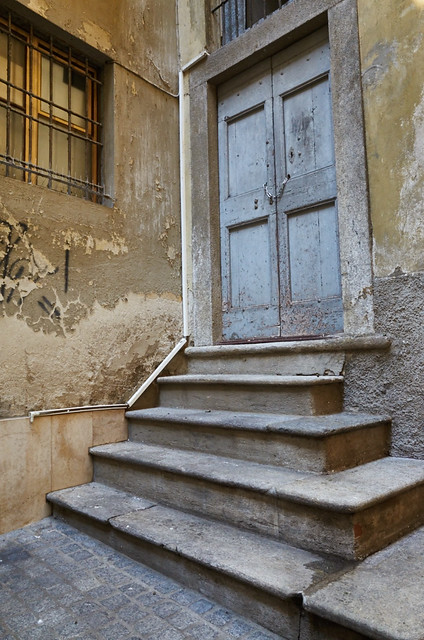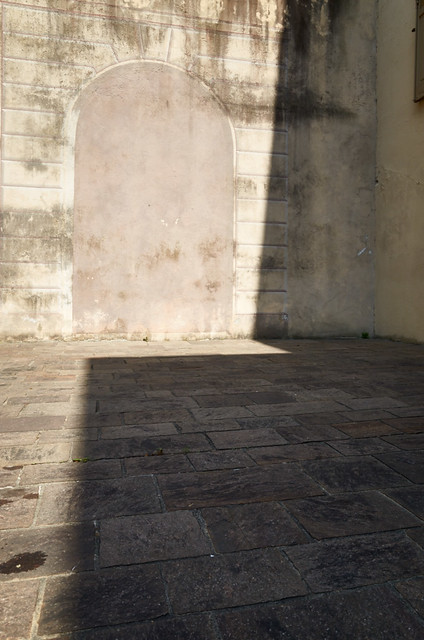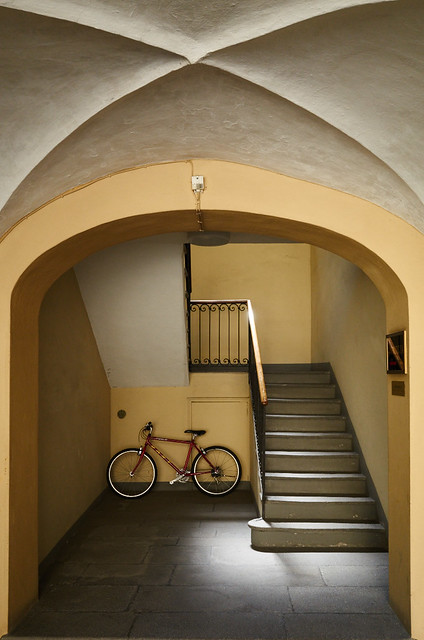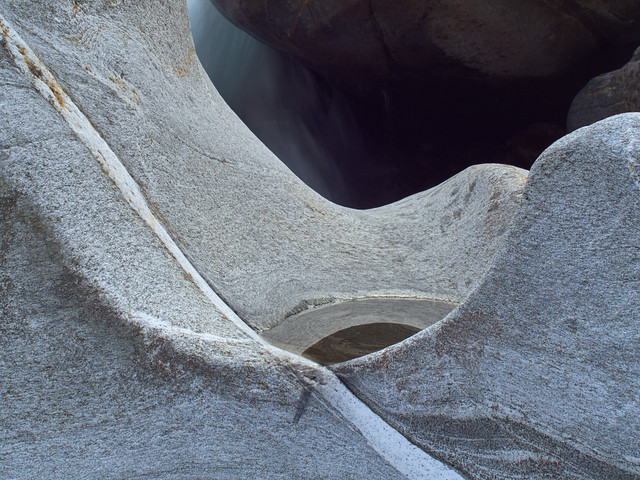Time Fades Away
steel and glass
For over 15 years, the southern Swiss-Italian city of Lugano, and it’s immediate surroundings, has been my home. Lugano is a strange place. It benefits from an absolutely world class location, on a lake front flanked by two “sugar loaf”-like mountains. Historically and it is part of Lombardy and has passed under the control of Milano and Como before being grabbed by the Swiss Confederation in the 16th Century. Eventually as an aftermath of Napoleonic machinations it became part of the Canton of Ticino, a fully fledged federal state of Switzerland, but even now Ticino retains the joint title of Republic. Lugano was a favourite Belle Epoque destination, leading to the building of many classic villas and hotels. Historians and archeologists data Lugano back through Roman times, to the Etruscans, and Stone Age settlement. So one would expect a rich architectural tapestry similar to towns just over the Italian border. And one would be sorely disappointed. Lugano is, on the whole, a boring, sanitised wasteland where countless historic buildings, quarters, streets and landmarks have been, and continue to be, demolished to make way for more of the grim (but so gorgeously expensive) concrete cubes which the Swiss apparently cannot get enough of. And of course the ranks of steel and glass atrocities without which no self-respecting Bank can be seen. And there is no shortage of banks in Lugano.
I really do wonder what the tourists who descend on Lugano from Easter to autumn make of it all. It doesn’t stand up very well in comparison to Como, a few kilometres away, or even squeaky clean Luzern further north, if you’re into that kind of thing. Sure, the landscape is spectacular, and there are countless forest and mountain trails, but as a city, well, I guess it’s ok as an overnight stop.
It could have been so different. And there are plenty of Lugano natives who are pretty angry about what has been done, but the level of petty corruption and short term greed, in an area with a pretty small population, where everybody knows everybody else, has steamrollered in the property developers. Ironically, investing in reviving and repurposing structures given character by the passage of time has led to fortunes being made in many other cities. Here, instead, heritage has ben flogged off for the chance to buy the latest Porsche or Ferrari.
If you look carefully, you can catch glimpses of what might have been out of the corner of your eye. A few years back, photographer Barbara Dell’Acqua published a very nice book on exactly this theme, which for some reason I never got around to reviewing. Many of the scenes in “una citta dentro la citta” (a city behind the city) have already vanished.
Actually, this was supposed to just be a post with a few “clutching at straws” shots I took in Lugano over the weekend. Instead in turned into a rant. I guess I qualify as an outsider, but still, Lugano is home to me, and it really makes me sad to see what a mess money and politics has made of it.












